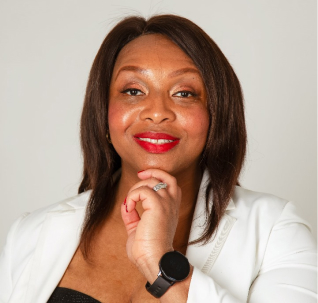Executive Summary
Despite global efforts, violence against women and girls continues to be a serious human rights violation. In a Review of the News Coverage of Violence Against Women and Girls report, the media’s coverage of violence against women and girls in Nigeria is scrutinised. The study uses content analysis to evaluate how violence against women and girls is reported in the top three online news brands Nigerian newspapers – Punch, Vanguard, and Sahara Reporters, from January to June 2022.
The critical questions explored in this research are:
- What is the frequency of journalists reporting on violence against women and girls?
- To what extent do national news organisations cover various forms of violence against women and girls?
- How are news stories about violence against women and girls portrayed?
Despite this, the study indicates that under-reporting of various types of violence persists, and the language used is often insensitive. The report intends to offer insights into strengthening the media’s responsibility in stopping violence against Nigerian women and girls.
Introduction
Violence against women and girls is a commonly occurring, severe human rights violation frequently left unreported because of the “impunity, silence, stigma, and shame” surrounding it (WHO 2021). It encompasses physical, sexual, and psychological manifestations, including intimate partner violence, sexual violence, harassment, human trafficking, female genital mutilation, and child marriage. Gender-based violence refers to harmful acts directed at someone because of their gender, and violence against women and girls is an example. Women and girls are more vulnerable to gender-based violence, although it can happen to anyone, anywhere (UN Women, 2023)
The media is a powerful tool that can shape how people think and feel and can also educate communities about ending violence against women and girls. Following Fawole and Asekun-Olarimoye’s (2005) observation of a lack of data on violence against women and the Nigerian media, numerous studies have surfaced, including Ekweonu’s (2021) Newspaper Coverage of Domestic Violence Against Women During Covid-19 Lockdown. Understanding journalists’ knowledge, attitude, motivation, and roles in media houses is a crucial first step in addressing violence against women and girls (Fawole and Asekun-Olarimoye 2005).
Studies have demonstrated the potential of media reporting to combat violence against women and girls by exposing its causes, promoting positive norms, and sharing essential information to reduce risk. Avoiding the reflection of harmful values and perspectives is crucial, yet many reporters still fail to do so. Some key findings from academic research have shown that news media reporting reinforces discriminatory gender norms and violence. This discrimination varies across regions and has an intersectional effect. The media reinforces hierarchies by creating stereotypes and tropes by differentiating victim types and prioritisation of certain groups. Reports on gender-based violence usually focus on singular incidents or crimes, with the language often placing the responsibility on the victim for not conforming to established gender norms. Journalists frequently use sensational or shocking tactics to make it newsworthy. Evidence shows reporters are still not seeking input from experts in gender-based violence, women’s rights, and child protection.
Domestic violence cases surged during the pandemic, and media coverage declined, partly because journalists did not follow up on their stories, according to Ekweonu’s study. According to the study, the media could not affect change in audience attitudes within a Nigerian context. The media constitutes a key institutional site of power and sphere of influence.
Therefore, efforts to better understand the processes and dynamics that contribute to the normalisation of violence against women and girls and the perpetuation of harmful and discriminatory gender norms and stereotypes should direct analytical attention towards the role of news media reporting. Indeed, scholars note it is not only whether but also how news media reports on violence against women and girls (the modalities and practices used) that bear how the public is influenced or ‘trained’ to interpret violence and its victims. Moreover, when news reports of violence against women and girls fail to signpost survivors to relevant resources and services, this can put victims/ survivors at further risk.
Conclusion
This content analysis indicates that although Nigeria’s top three online news brands have increased their coverage of violence against women and girls, they need to do more to fully report on the entire range of these human rights violations. A content analysis of 679 online news stories from Punch, Vanguard, and Sahara Reporters between January and June 2022 indicates that reporting on violence against women and girls is deficient in frequency and depth.
Although a few high-profile cases, such as Deborah Samuel’s murder and domestic abuse allegations against Precious Chikwendu, have been extensively covered, reporting on other prevalent forms of violence, such as child marriage, human trafficking and digital violence, remain inadequate. Stories about these issues accounted for just 13% of the total coverage of violence against women and girls in the analysed sample. Analysis reveals severe gaps in Nigerian media coverage assessing the full spectrum of gender-based violence women face beyond physical assault. Lack of reporting on non-physical forms like emotional, financial, or digital abuse keeps this influential driver of entrapment and harm invisible. The media has the power to prompt action on important issues that are not adequately addressed in the public, policy, and legal sectors.
In addition, the language and framing used in some of the reviewed news reports were insensitive and perpetuated damaging stereotypes about victims/survivors. The results indicate a need for improvement in adhering to ethical reporting standards and avoiding victim-blaming or normalising language. Nigerian media must follow ethical guidelines and diversify coverage to address violence against women and girls fully. The media has a significant responsibility for providing extensive and sensitive coverage of the diverse forms of violence against women and girls in Nigeria.
Recommendation
Media organisations should increase coverage of all forms of violence against women and girls, not just high-profile cases. More visibility is needed for under-reported issues, such as child marriage, human trafficking, and digital violence. With more comprehensive, ethical, and solutions-focused coverage, the news media can positively shape public discourse around ending all forms of violence against women and girls in Nigeria.
- A reporting guideline on violence against women and girls in Nigeria should be developed through collaboration between journalists, knowledgeable advocates, activists, and researchers to ensure improved story framing and coverage.
- Comprehensive training on gender-sensitive reporting based on existing guidelines, such as the Zero Tolerance Framework, is necessary for journalists and editors. This can help improve story framing, language, images, and statistics.
- The safety and dignity of survivors/victims and their families should be prioritised.
- Newsroom leadership that is more gender-balanced and diverse reporting teams can enhance the coverage and presentation of these stories.
Read the full report in the download research section.






